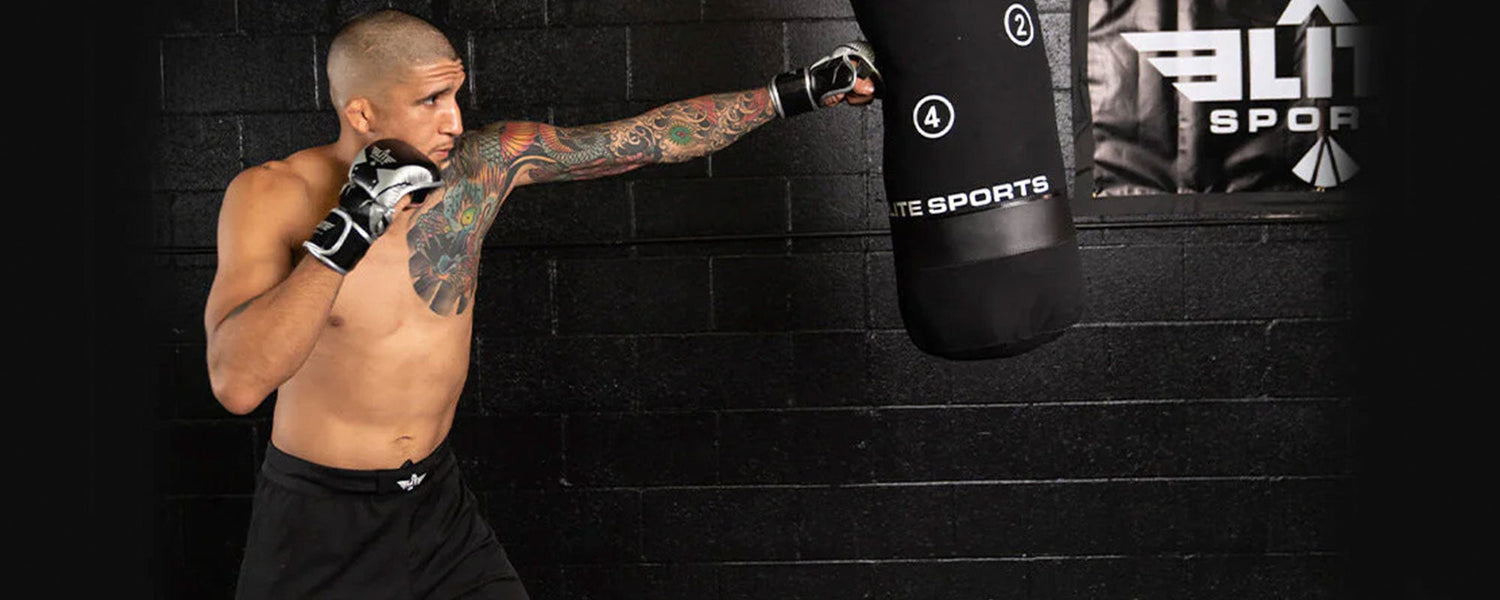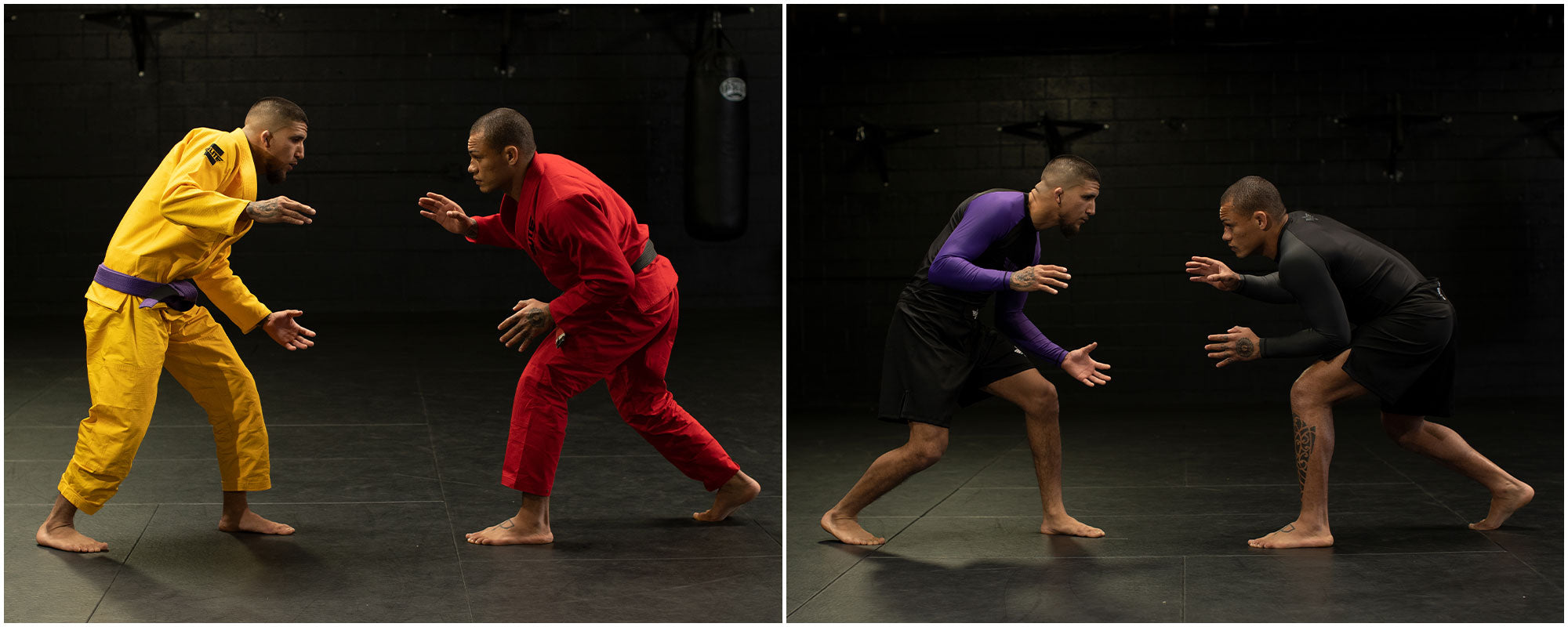The very definition of Cross-Training is to train in multiple disciplines - and in this case - multiple Martial Arts disciplines.

Old School Traditional Martial Arts (TMA) masters were against the idea as, in their mind, it showed disloyalty to the system, its teachings, and its instructor. But as early UFC showed, we could no longer be just a specialist in one discipline and expect total superiority. We all had to collectively wake up and see what could be gained from other arts, and other disciplines.

I've been fortunate that the first martial art I studied - Kenpo Karate - not only acknowledged but encouraged exploration in other arts once you had a footing in itself. This allows everyone to find techniques, and answers that are best suited to their body type, their personality, or their personal martial expression.
Imagine what would happen if your BJJ instructor stated that, as a school, you would only on closed guard technique, specific sweeps he designated, or a specific submissions and only this type of Open Guard. With that level of rigidity, you'd be hesitant to follow him, especially if closed guard doesn't work as well for you due to stubby legs, or any number of other reasons.
Here’s the reality - this was not very far off from how TMA conducted themselves and taught their students back from the 1960's to mid-80's. If you ventured outside of your school, you were a traitor, a creonte - and usually once found out, expelled from your school to become teacher-less. During this time period, cross-training was more than frowned upon, it was downright hazardous to your health!
Fast forward to now.
If you have been studying Brazilian Jiu-Jitsu, you are constantly looking for new answers, new techniques, and new ways to achieve your goals. For me, my study of Judo has been invaluable as a service to my BJJ. That fact is that learning Judo for BJJ is a great way to get better at jujitsu.
Judo and Brazilian Jiu-Jitsu come from the same art, Japanese Ju-Jitsu. And, as I'm sure many of you know, Grand Master Jigaro Kano took the techniques that could be safely practiced at full speed and collected them, added to them, and called it Judo. The same thing happened when Grand Master Gracie learned Judo from Mitsyu Maeda, and then called it Brazilian Jiu-Jitsu.
There are many techniques that Judoka have taken out that BJJ uses, but conversely the same can be said from the Jiu-Jitsu perspective. For example, I've found many attacks from turtle, such as the side triangle, attacks from standing that can actually confuse and surprise BJJ practitioners. This also includes strangles that are unfamiliar to many people.
This level of cross-training is an awesome way to add to your repertoire without detracting from what you are trying to do.
Now, let’s assume that you study striking such as Muay Thai, Kenpo, TKD or any other style. How can we incorporate this into our training? When standing up, someone tries to get grips, now blocking or parrying those attempts would be just as a valid response as grip breaking, if not easier as you are preventing the opponent from grabbing you in the first place. Foot work also would be improved as you understand that being flat and in front of your opponent is not very desirable.

As you can start to see - cross-training opens up avenues and learning methodologies that allow you to increase your game without sacrificing your end goal - whatever that may be. When done respectfully, no student should fear cross-training. And, your Masters, teachers, instructors or professors will welcome the new infusion of technique and looks into the school!
So, on that note -- Get training!



Leave a comment
This site is protected by hCaptcha and the hCaptcha Privacy Policy and Terms of Service apply.